My Hardiness Zone and How PlantTAGG Works
Andrew Levi2023-09-13T07:14:16-06:00We are regularly asked how PlantTAGG determines Hardiness Zones for a gardener’s yard. The power of PlantTAGG is deeply rooted in the system’s precise location-based data algorithms. And, our comprehensive expert-crafted plant content is unmatched. When we set out to create PlantTAGG, we were motivated by the realization that gardeners relied upon inaccurate or outdated information. In the best case, a plant’s “instruction manual” is based on where the plant was grown and not where a gardener lives, and in the worst case, the information is just wrong!
Many gardeners use the USDA Hardiness Zone map. Most garden center owners know this data is outdated. However, gardeners often are surprised to hear that the Hardiness Zone map was published in 2012. Even worse, it contains data only from 1995 to 2006!

Hardiness Zone Calculation in PlantTAGG
When users first set up their PlantTAGG Yard, the system prompts for a physical address. We determine the precise geo-coordinates from this address and download an aerial image of the property for visual accuracy. Then we access the most current 17 years of climatic data from the closest NOAA weather station. From there, we calculate the PlantTAGG season map for the yard. The season map includes Begin Season, In Season, Extreme Heat (if applicable), End of Season, and Off Season. We base the season map’s start and end dates on the average first and last freeze dates for the yard and year-round climatic data. This process gives us the precision to recommend care tasks unique to each plant in a PlantTAGG Yard.

Hardiness Zone Accuracy
PlantTAGG has real-time access to climatic data from ~10,000 US and ~5,000 Canadian weather stations. The challenge with NOAA weather data is that it can be inconsistent. Additionally, Hardiness Zones indicate the coldest average annual temp for a given location. However, it’s loosely relevant to describe a plant’s hardiness as a range of north (freeze) to south (heat) hardiness since each zone correlates to a geographic location.
The goal is to find plants that thrive in a given location in both freeze and heat. With recent climate changes, where one zone stops and another starts is (or at least should be) revised regularly. The USDA Hardiness Zone map is static and outdated. Therein lies the problem and why we concluded that PlantTAGG could calculate a more accurate map. PlantTAGG’s Hardiness Zone determination uses current data that is updated annually.
Another problem with NOAA data is that some weather stations go “offline” periodically. Additionally, there are parts of the US where the closest weather station is not close enough to provide the precision necessary to be the basis for the system’s calculations and creation of an accurate season map.
PlantTAGG’s Zone Calculations Are Better Than Industry-Standard Hardiness Zone Calculation, But Also Configurable
Our patented platform uses location-specific data to suggest plants (and recommended care) that will thrive in a user’s yard. And, much of that success is centered on the accurate Hardiness Zone calculation. In some instances, a user may wish to use various zone calculations in their yards, which is why we believe it’s important to give users a choice. PlantTAGG users have three choices in the Hardiness Zone they want to use for their Yard:
1) PlantTAGG-calculated Hardiness Zone updated annually (recommended)
2) The static USDA zone definition
3) Custom zone value manually entered

The hardiness zone value and configuration feature is available in the Yard Edit function of PlantTAGG. Here, you can select from the three hardiness zone options, see current month and annual average climatic data affecting your yard, and see weather station details contributing to your yard’s zone calculation by PlantTAGG.
We are constantly sourcing new datasets for PlantTAGG, and historical weather data is no exception. We expect that PlantTAGG will use a hybrid dataset from NOAA and private weather sources in the future, which will further refine our climatic precision.
We would love to hear your thoughts on your area’s Zone calculation – feel free to drop us a comment below, send us an email at social (at) planttagg.com, or reach out to us on Facebook or Instagram.
If you haven’t tried PlantTAGG, do it today! It’s free to download and use – never any ads. Available for Apple and Google Play.


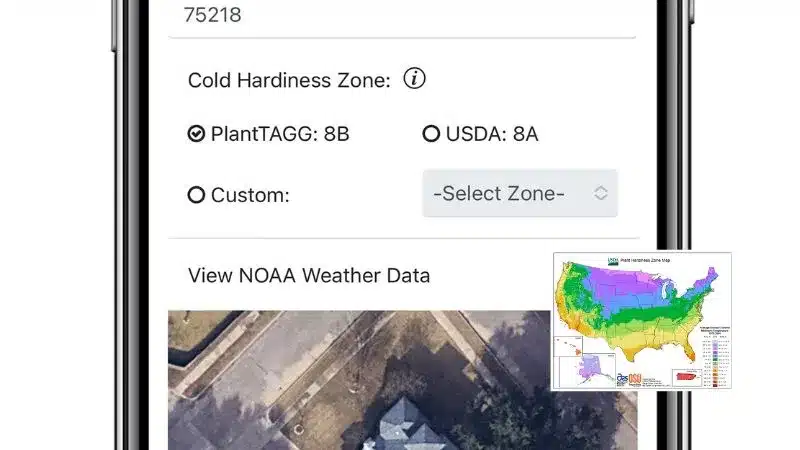

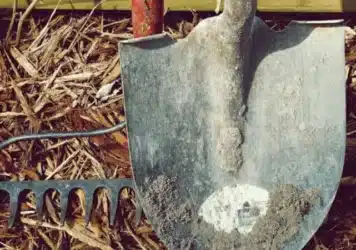
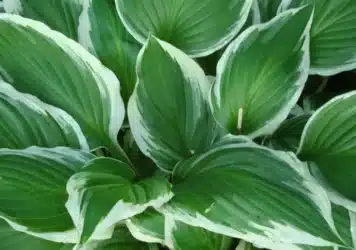

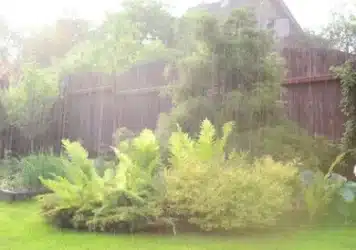
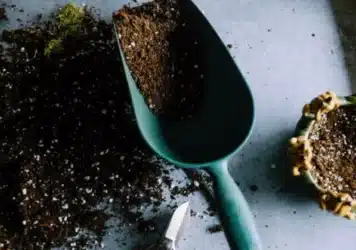

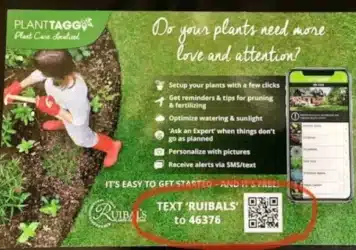


Comment (1)
I quickly read through this page. It SOUNDS as if you’re recognizing that plants survive/thrive through U.S. winters based on the Lowest temperatures ever or in the past 10-20 years (mincing words and assuming that lowest temperature is for a meaningful time… as in a few hours or more), and that your location analysis might even include humidity. I’m VERY thrilled that you are at least making a Start with revolutionizing the Plant Industry to address local markets and Actual cold hardiness. I hope you are also incorporating specific newer plant varieties which overcome diseases (e.g., powdery mildew!! “Little Goldstar” Ruddbeckia), perhaps it includes Rabbit (!!!) and Deer-resistance, and perhaps modifying the definition of Perennial (2 year survivability) to perhaps a new word, “Long-ennial” (10-20 years) or even to show a range of how long each variety is expected to live (e.g., “Zagreb” Coreopsis verticillata vs. all the other poor-performance Coreopsis). I’ve loaded your app… I’m not a fan of cell phones apps, but it has 2 Great advantages (younger gardeners and ability to bring it to a local nursery)… although I would prefer an online site. If I like the app, I’ll likely give you Lots of feedback… because I LOVE what you’re trying to do (and I’ve drafted a 100-page document about the very topic of Viable Long-ennials in my local climate (75034 TX). Great idea! Thank you for your ingenuity and steps to improve (upgrade & correct!!!) the Plant Industry for us all!